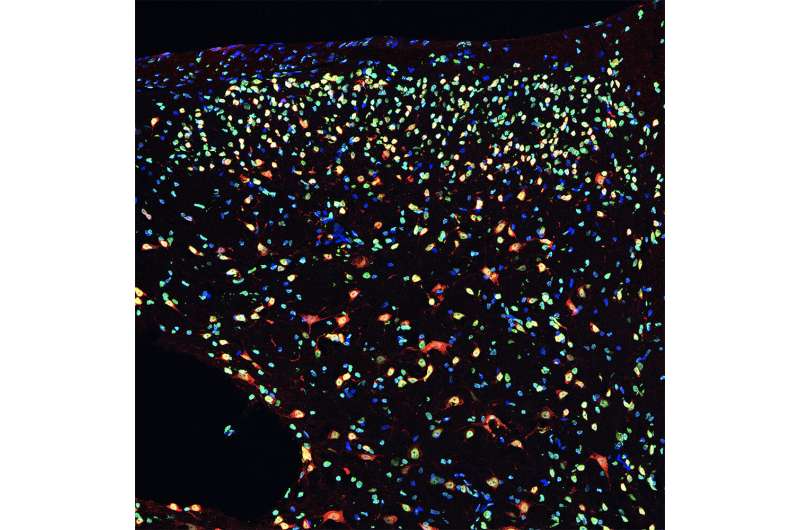Researchers identify molecular mechanisms that influence pain processing and sensitivity

One epigenetic factor as well as one organic anion transporter (OAT1), whose function in the nervous system was hitherto unknown, contribute to the development of chronic pain. The underlying molecular mechanism was identified by a team of researchers led by Dr. Daniela Mauceri at the Interdisciplinary Center for Neurosciences (IZN) of Heidelberg University. Using mouse models, the researchers demonstrated that the epigenetic factor, known as HDAC4, influences the expression of genes in neuronal cells involved in the processing of pain. The Heidelberg experiments also revealed that the transporter OAT1 regulates pain sensitivity in the spinal cord. The team hopes their findings will pave the way to new approaches for the treatment of chronic pain.
"Normal, acute physiological pain prevents tissue damage and, in the case of injury, resolves with healing. Chronic pathological pain, however, persists after the injury has mended and can manifest even in the absence of a cause," explains Daniela Mauceri, whose research group works in the Neurobiology department at the IZN. The transition from acute to chronic pain is caused by alterations in gene expression, which regulates how the information contained in a gene is converted to a gene product, such as proteins or RNA molecules. Chronic pain results especially when cells such as the neurons in the dorsal horn are affected. The dorsal horn is the region of the spinal cord which processes sensory information.
The researchers have now identified an epigenetic factor—Histone Deacetylase 4 (HDAC4)—that is a key player in the gene expression of neurons in the dorsal horn. In mouse experiments, they found that long-lasting pain triggered the export, and thus inactivation, of HDAC4 from the nucleus of dorsal horn neurons. If HDAC4 preferentially accumulates in the cytosol, the region outside of the nucleus within each cell, chronic pain-related responses occur. When the researchers prevented HDAC4 from reaching the cytosol, the chronic pain responses in the mice were smaller.
In cooperation with Prof. Dr. Rohini Kuner, who leads a working group at the Institute of Pharmacology at the Medical Faculty Heidelberg, Dr. Mauceri's team then explored the question of which genes controlled by HDAC4 are responsible for the transition to chronic pain. They discovered that the central player in this process is Organic Anion Transporter 1 (OAT1), a transporter also expressed in humans. According to Dr. Mauceri, its role in the nervous system was unclear until now. "In mouse experiments, we were able to show that, in the spinal cord, OAT1 controls pain sensitivity. If the same can be confirmed in the human context in future studies, this might open up a new therapeutic avenue for the management of chronic pain," reports the neurobiologist.
To further test this approach, the researchers administered the OAT1 blocker Probenecid to the mice. After this medication was administered, the OAT1 activity decreased, along with the pain-triggered hypersensitivity in the mice. One especially interesting finding was that, in the experiment, Probenecid also provided relief even after chronic pain was already present. The researchers hope their results will open up new treatment approaches for pain if confirmed in future clinical studies. Dr. Mauceri: "OAT1 inhibitors like Probenecid, which can be administered directly into the spinal cord using pain pumps, might be interesting to test as a treatment option in chronic pain patients."
More information: Christian Litke et al, Organic anion transporter 1 is an HDAC4-regulated mediator of nociceptive hypersensitivity in mice, Nature Communications (2022). DOI: 10.1038/s41467-022-28357-x





















